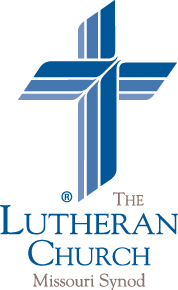1/14/2013 1:25:11 PM
Matthew Johnson
Baptism of Our Lord
![]()
Above is an icon of the Baptism of our Lord. It is a "modern" version, evident by the fact that the title is written not in Greek but in English. On one of Jordan's banks stands the Baptist, while on the other we see four angels (Greek = "messengers"). Perhaps these four are meant to represent the four Gospel writers, serving as witnesses to the baptism of Christ.
The Red Sea parted for Israel coming out of Egypt. The Jordan River parted for Israel entering the Promised Land under Joshua (and then later for the prophet Elijah as he was to leave this world in a fiery chariot). But here the Jordan does not part for Jesus, rather He descends down in to it, thereby indicating the death He would undergo. In fact, some icons of the baptism have the Jordan River--in both color and shape--look like a grave. He comes back up out of the water to carry out His vocation as Savior of the world.
Notice the blue surrounding the symbol of the Father at the top center of the icon. This blue also is found around the dove (St. Luke's account emphasizes that the Holy Spirit descended in *bodily* form, not simply "like a dove"). The blue is also found around the "words" (see the squiggles) that are going between the Father and the Son. The Holy Spirit always works through the Word of God and here we see that He is giving bodily indication of the Person to Whom the words are being spoken, following the Father's words and alighting over the Son (of Whom they are spoken). The blue around Jesus is not simply divine majesty, but the water of the Jordan which He has graciously entered--along with the sinners who came to hear John and be baptized.
"There is nothing worth comparing / to this lifelong comfort sure,
Open-eyed my grave is staring / even there I'll sleep secure.
Though my flesh awaits its raising / still my soul continues praising.
I am baptized into Christ / I'm a child of paradise."
